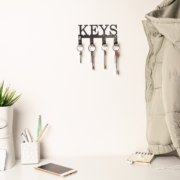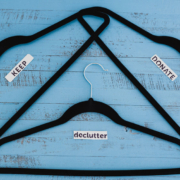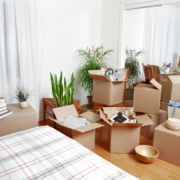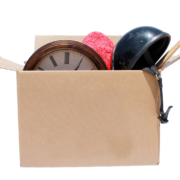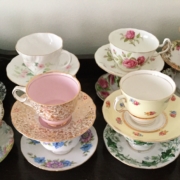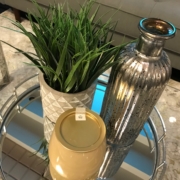Can Owning Less – Now – Give You More?
The new film Less is Now by the Minimalists is streaming on Netflix and there is so much to unpack!
Of course, there are practical tips and a strong call to action to own less stuff, which are great.
However, it is the reasons behind the tips, strategies, and challenge – the big “why” living with less can help us access more – that is most illuminating.
The now is key, as many of us currently struggle to balance the stuff in our lives, including the physical (most obvious) as well as the digital, mental and emotional.
As a result of Covid, many of us are spending much more time at home, and as such, have become hyperaware of the stuff we have in our homes. In that regard, the timing of this film is perfect as the message is an urgent, “If not now, when”?
As “The Minimalists”, lifelong friends Joshua Fields Millburn & Ryan Nicodemus have been sharing inspirational information about minimalism for over ten years through their writing, podcast, live shows, and films.
Their brand of minimalism is very accessible, focusing on how to include more of what you want, need and love into your life, in order to have less of what you don’t want, need or love.
More intention and freedom, less distraction and stress.
Through personal storytelling and reflections, Ryan and Joshua share their individual journeys to minimalism, in which poverty, drive, excess, and pain, play major roles. Less is Now chronicles the personal transformation that both men have made, moving away from “having it all” and feeling unhappy, to having “what adds value” and feeling happier.
An important point to make is that “less” looks different for everyone. The main idea is that less clutter means less distraction from the things you do love and need.
What “less” means is subjective, as some people may own very few items, while others have more but each has a purpose and is an intentional choice.
Deciding what “less” means to you is critical in order to make sense of the insistent messaging we receive about needing more stuff to be happier, more successful, fulfilled, etc.
The marketing message, “you’re inadequate unless you buy xxx” is a powerful force, whether you are conscious of it or not. Creating this never-ending aspiration is a bit like falling into a black hole of consumerism, where the quest for more, more, more is never-ending.
Quite often, more stuff equals more stress, while less stuff leads to more freedom and choice.
If we have the choice to think before we buy, why not choose less?
Their idea? Keep only what adds value, build momentum to get past the cravings, make necessary changes, and ultimately embrace the freedom that comes when choosing clearly.
The final call to action in the film? The 30-Day Minimalism Game, in which you let go of one item on Day One, two items on Day 2, and so on until you let go of 30 things on Day 30. If you complete the challenge, that means letting go of 465 things by Day 30, which is no small feat!
We recommend watching Less is Now…now…as it captures the essence of what it is to live a simpler and more intentional life through the storytelling of the Minimalists, who believe we all need less to have more.
Moving to a smaller space and need to minimize? Have downsizing on your mind? Call us to find out how we can help: 416-819-1576 www.simplyhomeinc.ca


